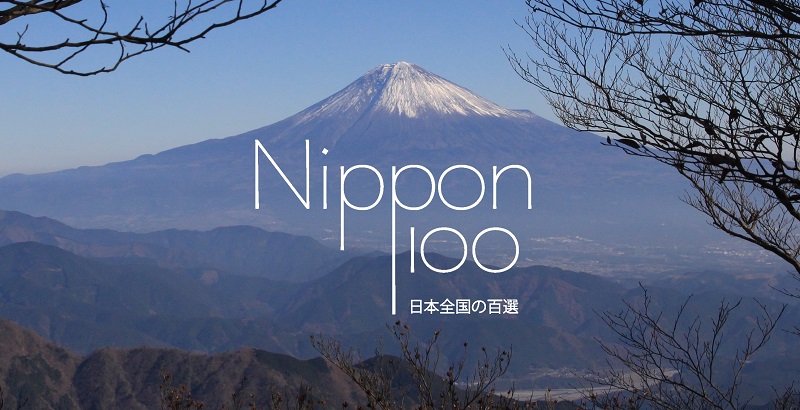Enryaku-ji is not just another temple. At the top of Mount Hiei, between Kyoto and Lake Biwa, Enryaku-ji is one of the three sacred places of Japan and is one of the most important site for Japanese Buddhism. And is also the headquarters of the Tendai sect. The area’s origins date back from 788 and its foundation by monk Saicho. For all these reasons, the temple is one of the Heisei 100 landscapes. But strangely enough, not so many visitors are leaving the neighboring Kyoto to explore the holy mountain.
For Nippon100, we already visited Japan most important Shinto shrine – Izumo Taisha in Shimane prefecture – earlier this year. It was now time for a journey into the country’s other religion, Buddhism, whose introduction in Japan dates back from the 6th century.
As for Enryaku-ji temple – which is more like a huge complex of temple halls and studying dojos, the story began in 788 after monk Saicho was authorized to found a new temple not far from Kyoto, at the top of Mount Hiei. Later known as Dengyo Daishi, Saicho was born in what is now Shiga prefecture, and is mostly known as the importer in Japan of Chinese Tiantai buddhism. This will become the Tendaï sect, whose headquarters have been Enryaku-ji since 805, at the very beginning of Heian period.
The main building of the temple complex in Kompon Chudo, where the “Eternal Light” – a fire supposedly lit by Saicho himself – has been kept for more than 1200 years. For safety and preservation reasons, the fire is now divided into three oil lamps. The morning office (6:30am) held in the main hall is open to every visitors – even now that the building is under reconstruction. The Kompon Chudo reconstruction process will last until 2026.



 |
 |


 |
 |








Enryaku-ji covers a huge area divided into three main sectors. Todo is the Eastern one, where the Kompon Chudo is to be found. Saito area, around Shaka main hall and famous for impressive green mosses around Ninai hall, is a 30 minutes walk away and already less visited. The third sector is Yokawa, further away (a one-hour walk or fifteen minutes by car) and with fewer visitors.
During its long history, many famous monks have stayed or studied in Enryaku-ji, including the future founders of several Japanese Buddhist sects, like the Jodo, Zen and Nichiren ones.


 |
 |






A convenient way to discover Enryaku-ji is to stay there for the night. Enryaku-ji Kaikan in the Todo area is the easiest (and only accommodation in the temple precincts). Apart from allowing one to watch the neighboring morning office, the stay is a good occasion to try the shojin ryori, the Japanese Buddhist vegetarian cuisine.

 |
 |
While few foreigners are leaving Kyoto to discover Enryaku-ji, the journey to the top of Mount Hiei is a pleasant one. Two options are available (see below), but climbing with the Sakamoto cable car from the Eastern side might definitely be the most scenic one. The tiny cable car is known as Japan’s longest (2025 meters, and a 11 minutes journey).

 |
 |




How to get there?
Going to Enryaku-ji, while the temple is not so far away from Kyoto, is not so easy. There are two main solutions, on the Western and Eastern side of Mount Hiei.
On the Western side, the closest from Kyoto, the journey begins at Demachi-yanagi station with the Eizan Main Line, until Yase-Hieian-guchi (15 minutes, 260 yen). It continues with Eizan cable car and the Eizan ropeway (15-20 minutes, 850 yen one way or 1700 round trip). The Todo area is then a 30 minutes walk away.
The Eastern side is slightly less expensive, and not more difficult or longer. From the Kyoto station, take the JR Kosei to Hieizan-Sakamoto (15 minutes, 320 yen). A 15 minutes walk is then necessary to reach the scenic Sakamoto cable car (11 minutes, 860 yen aller simple ou 1620 yen AR). This option, unlike the Western one and the occasional direct buses, is the only one running all year long.







